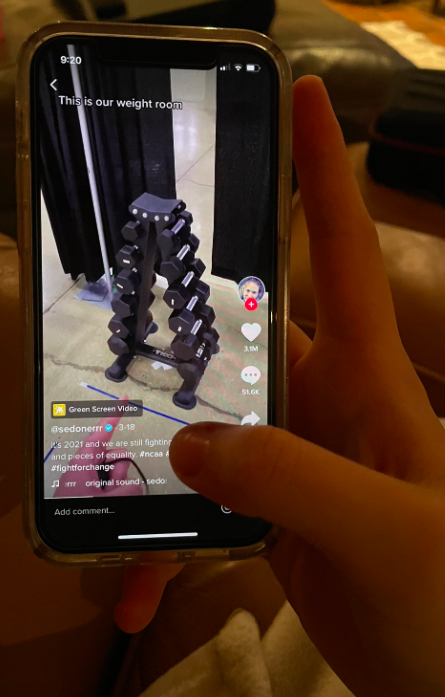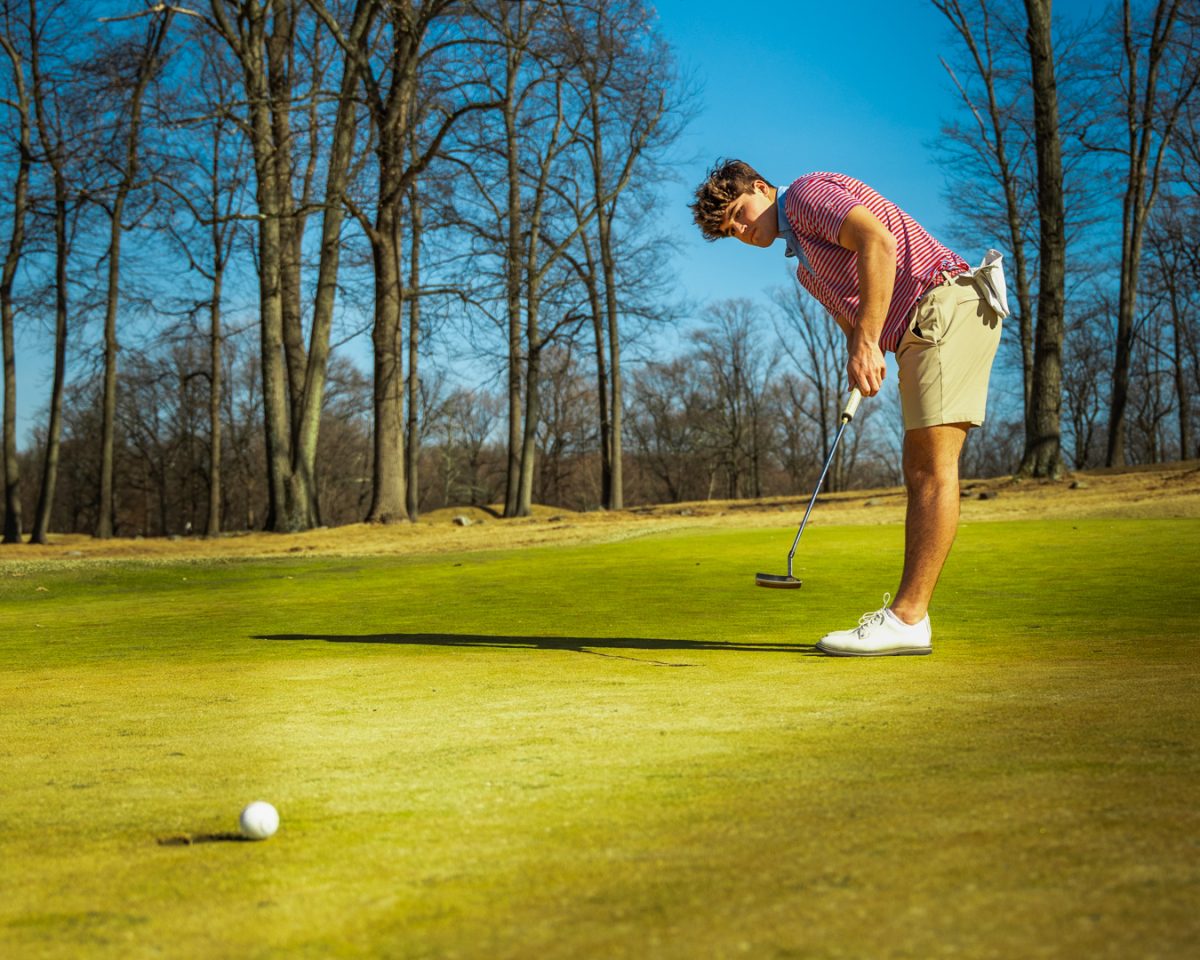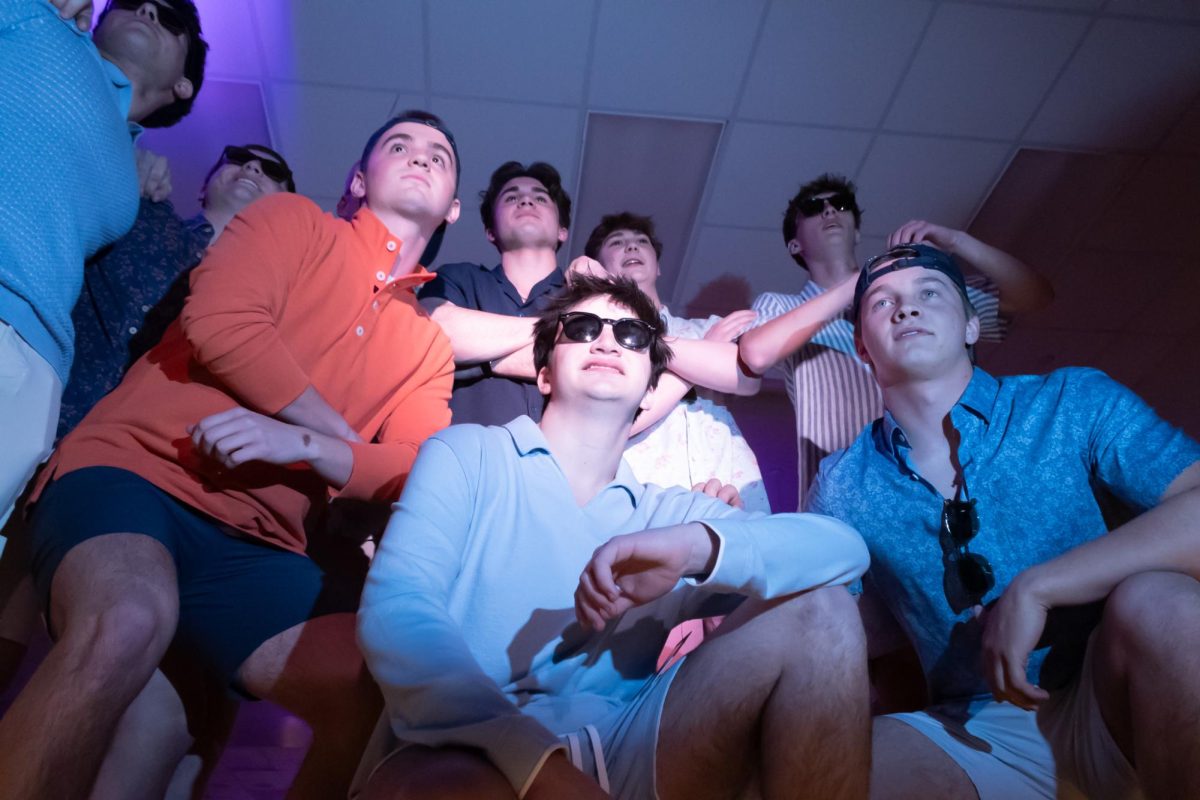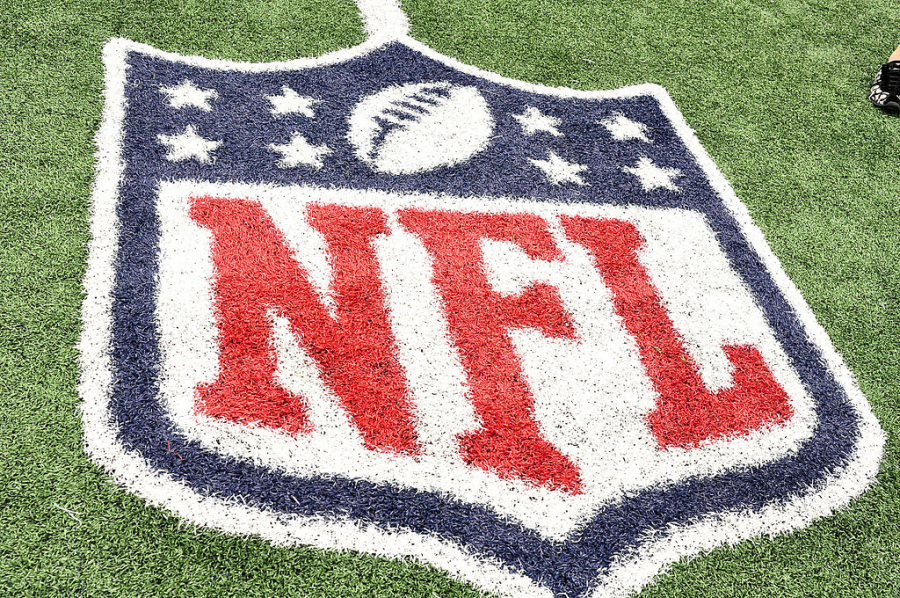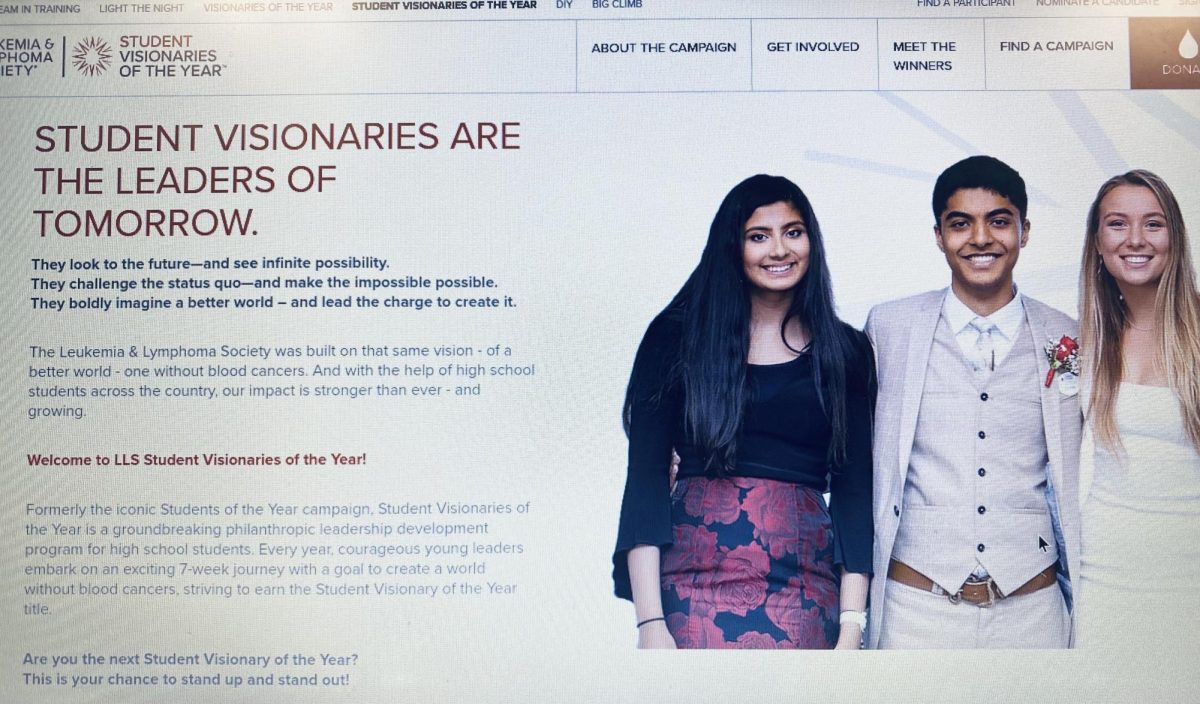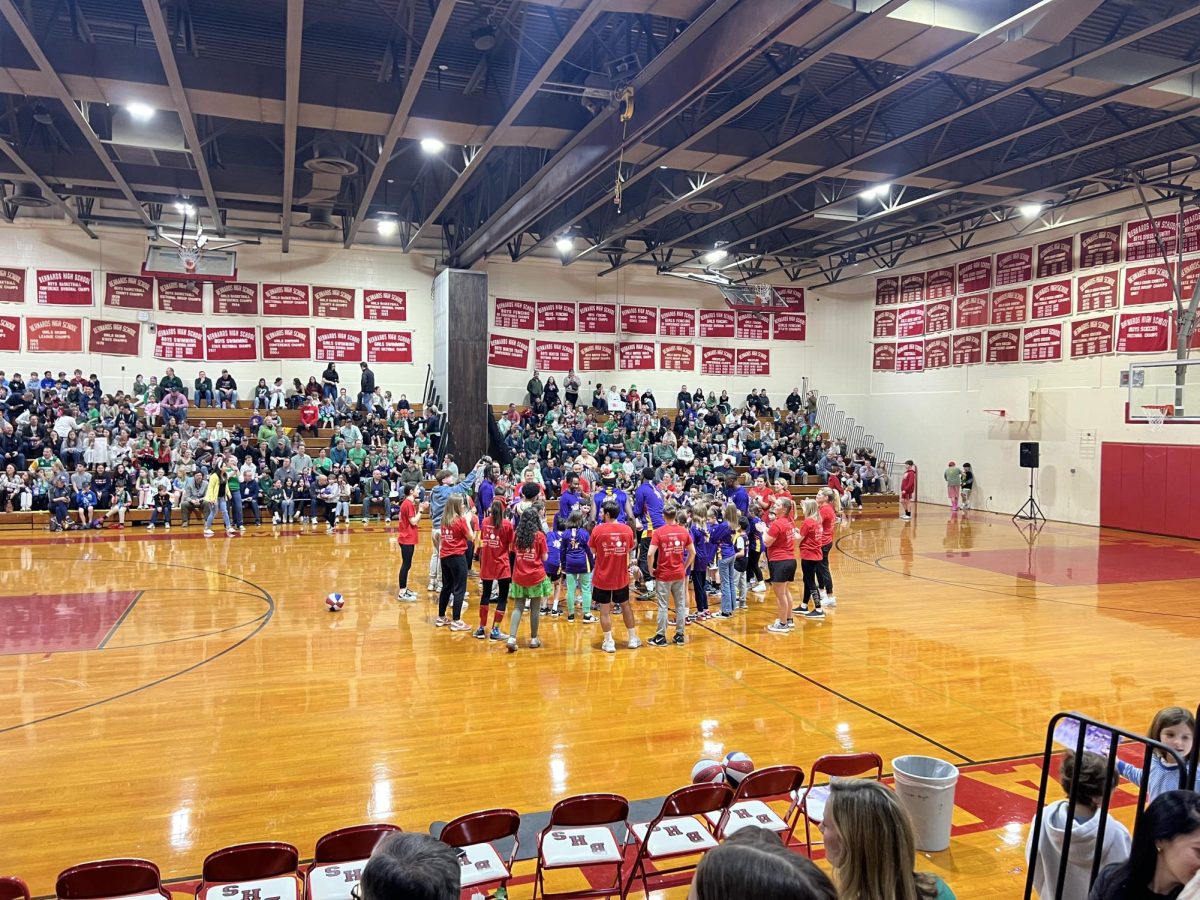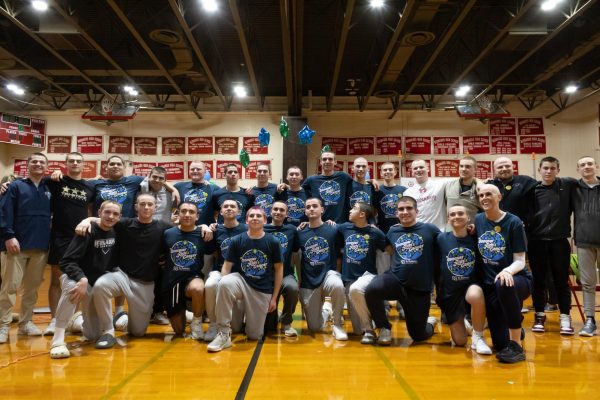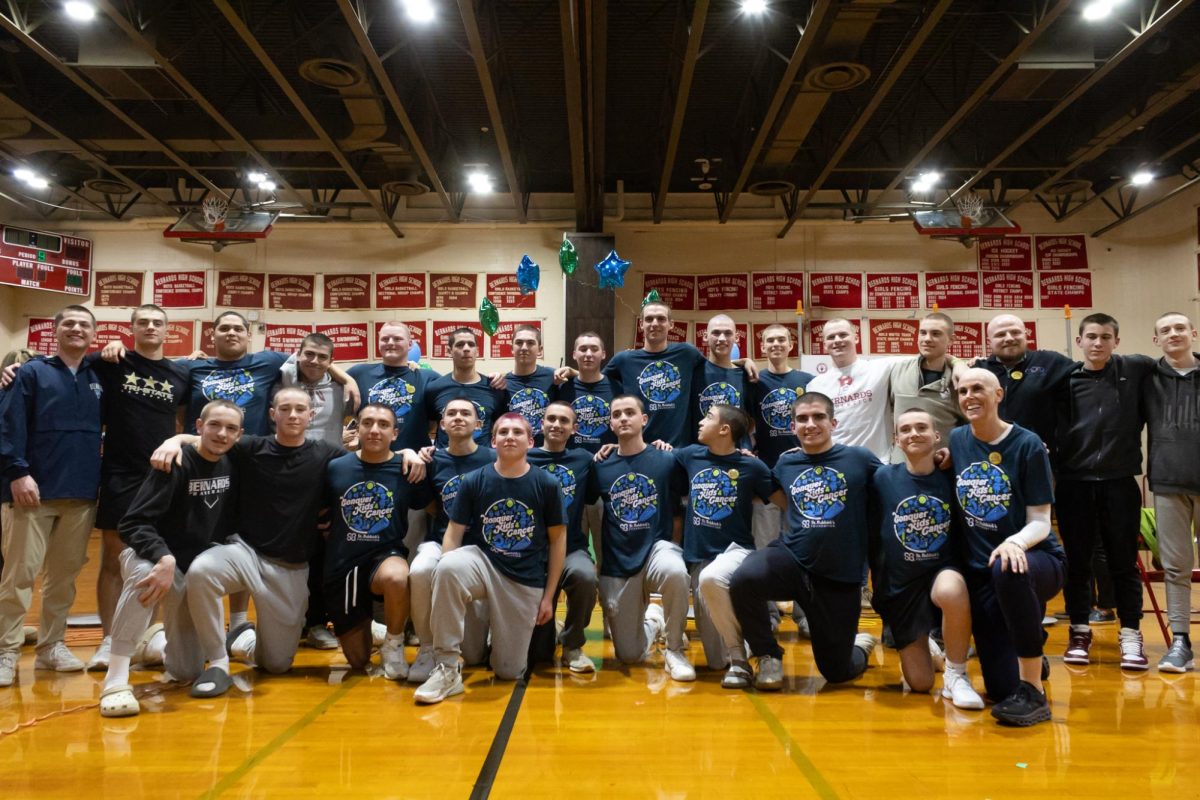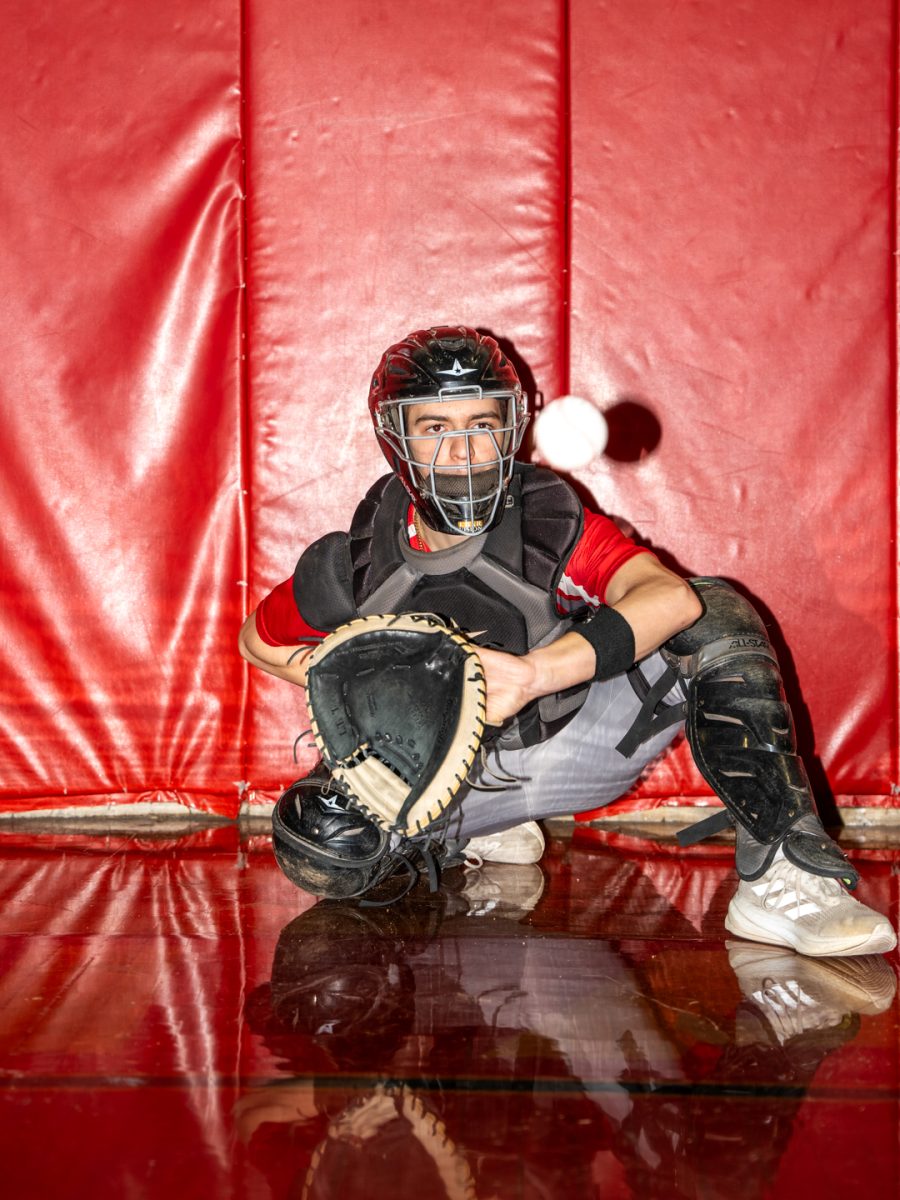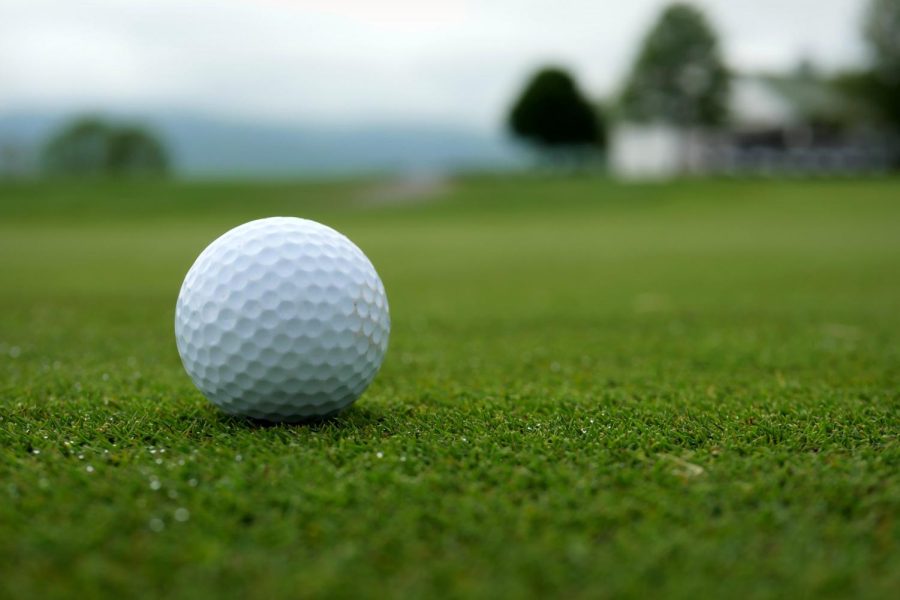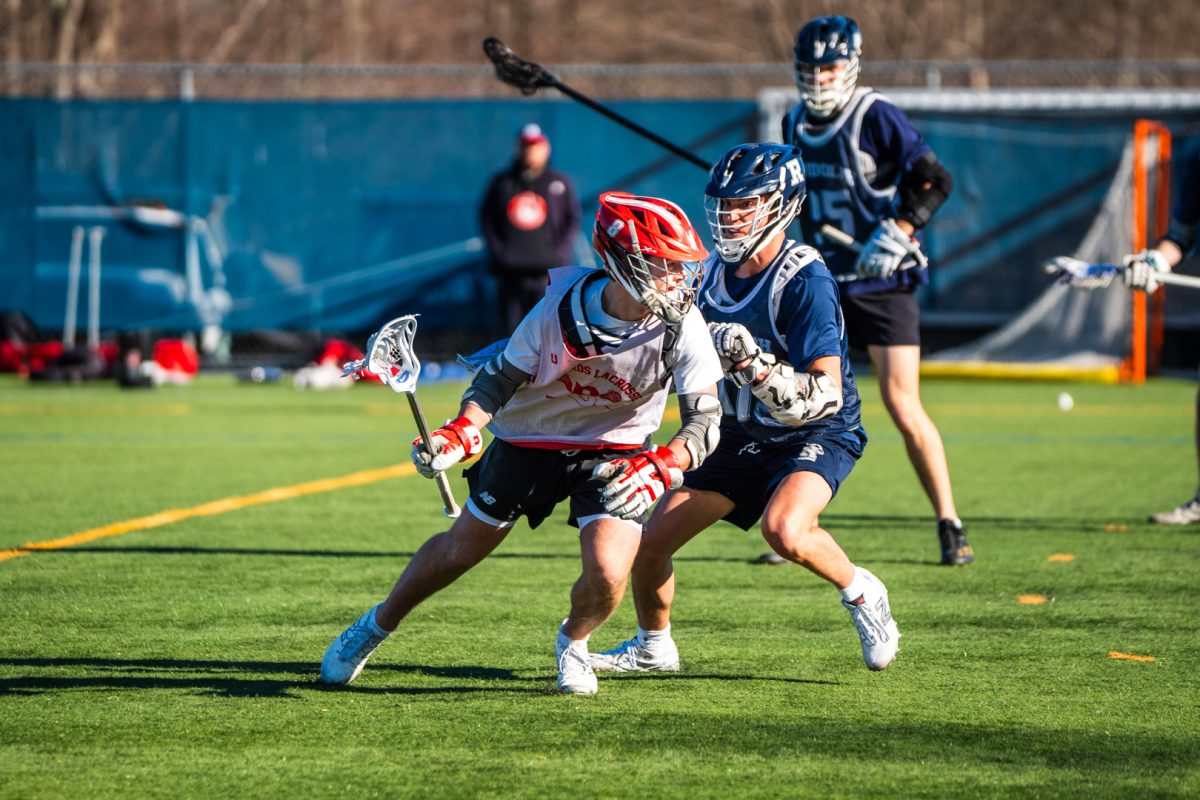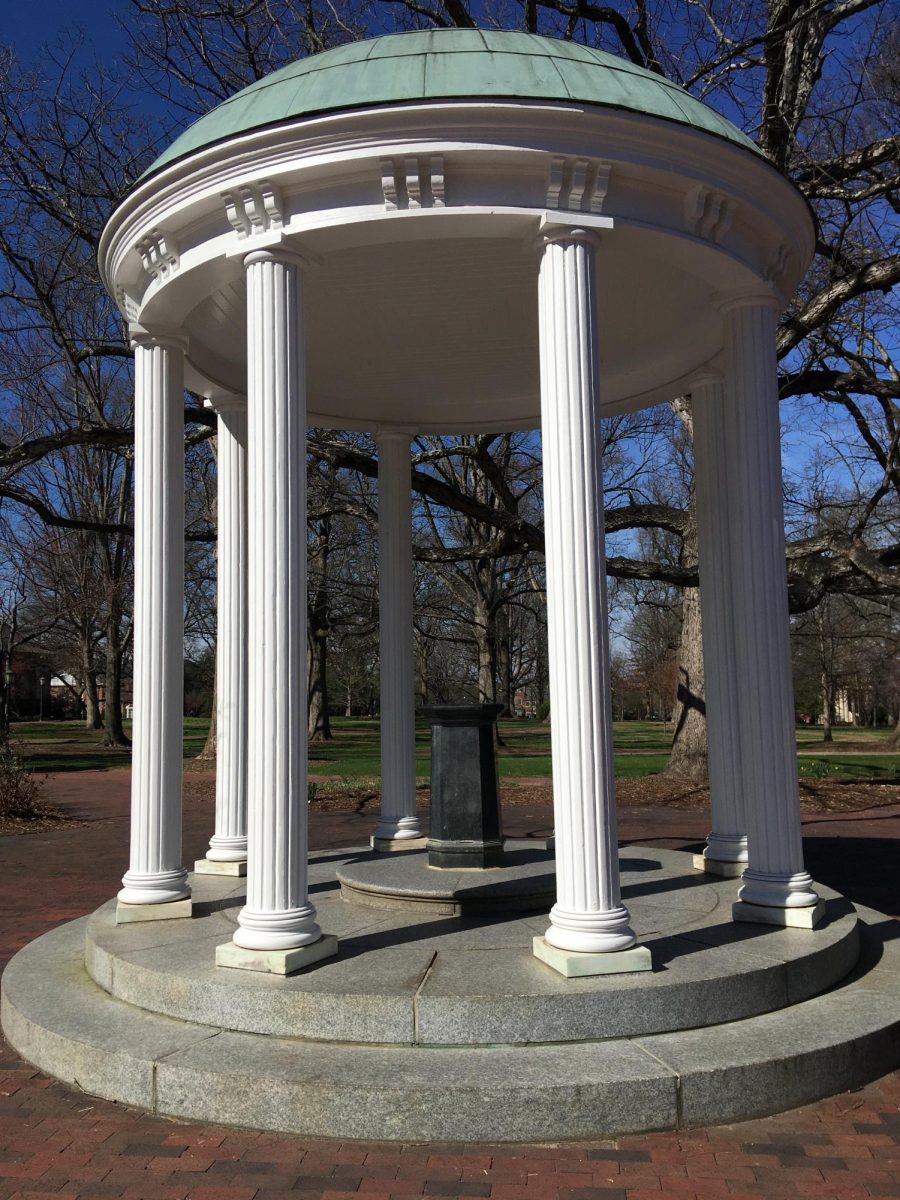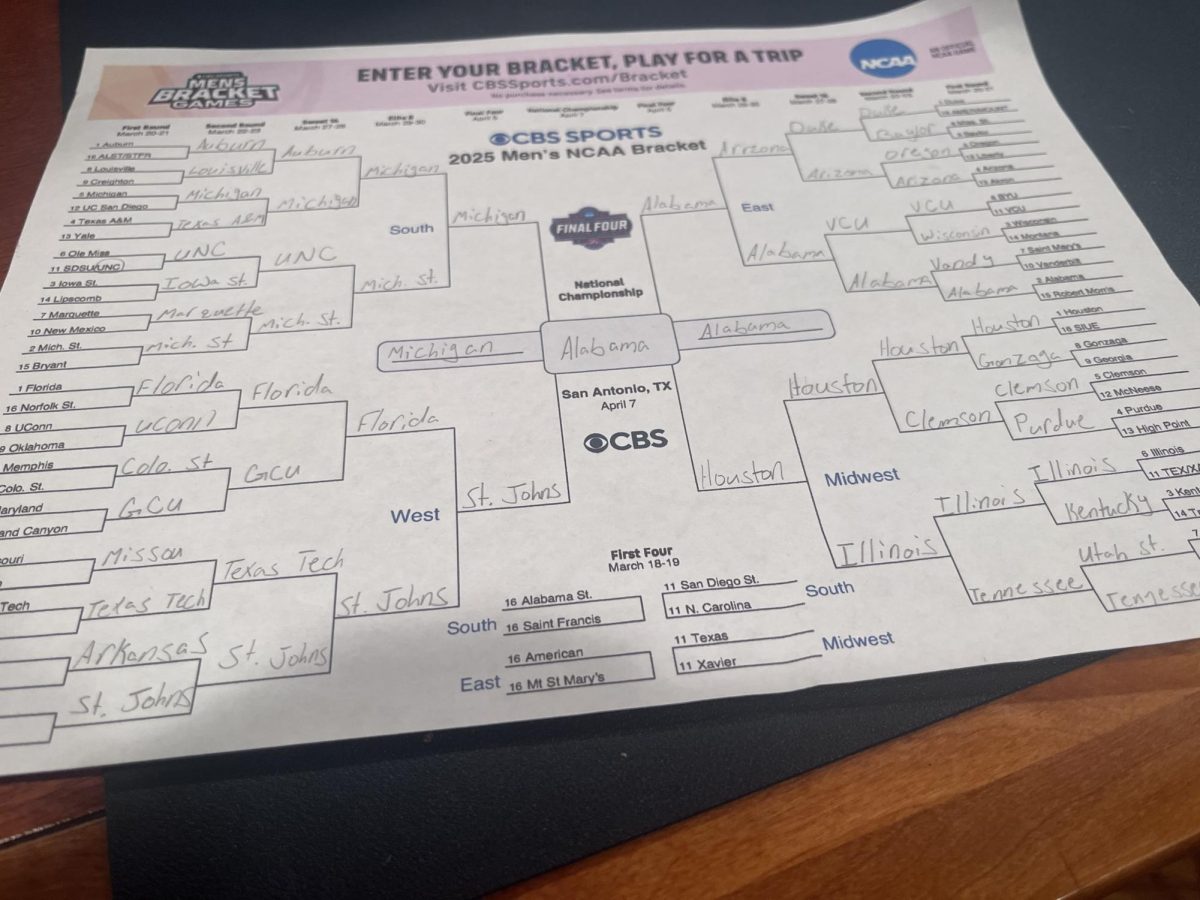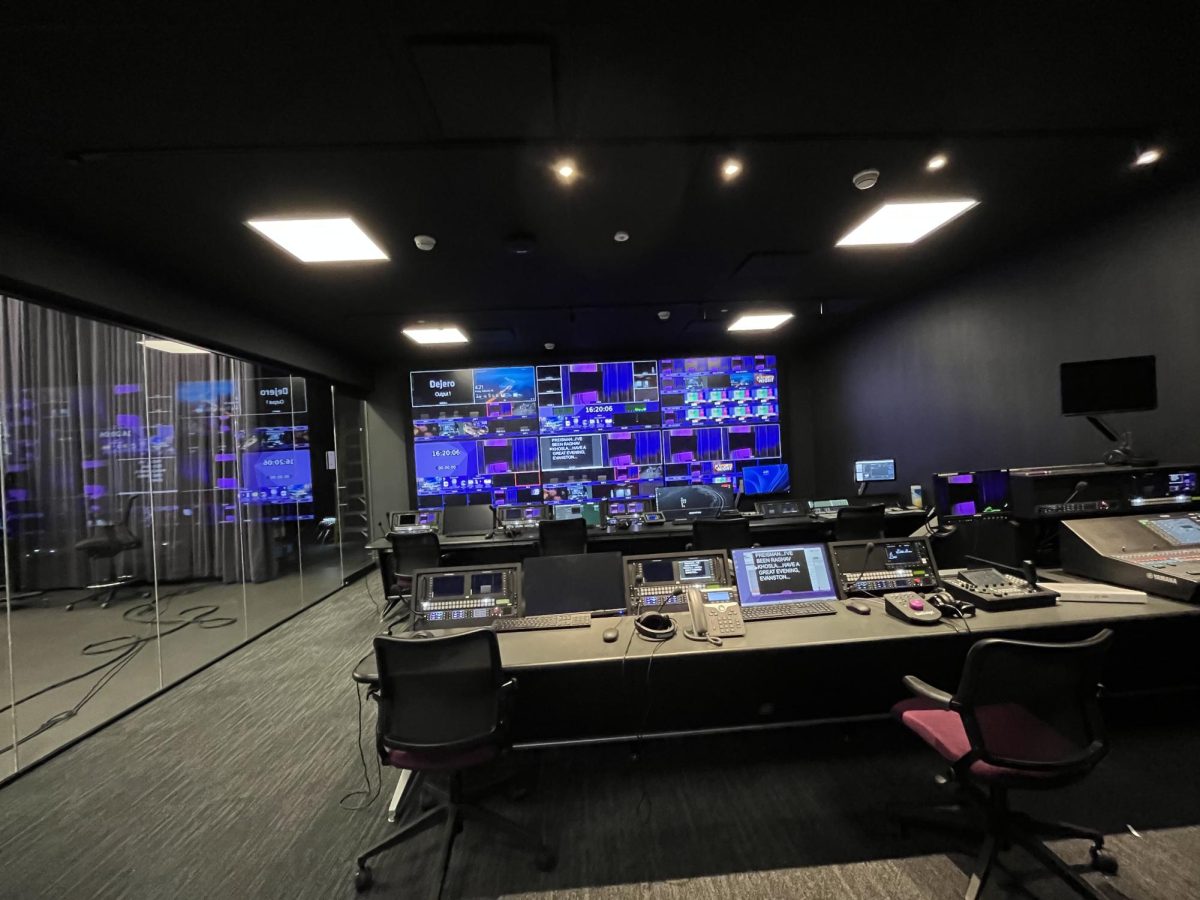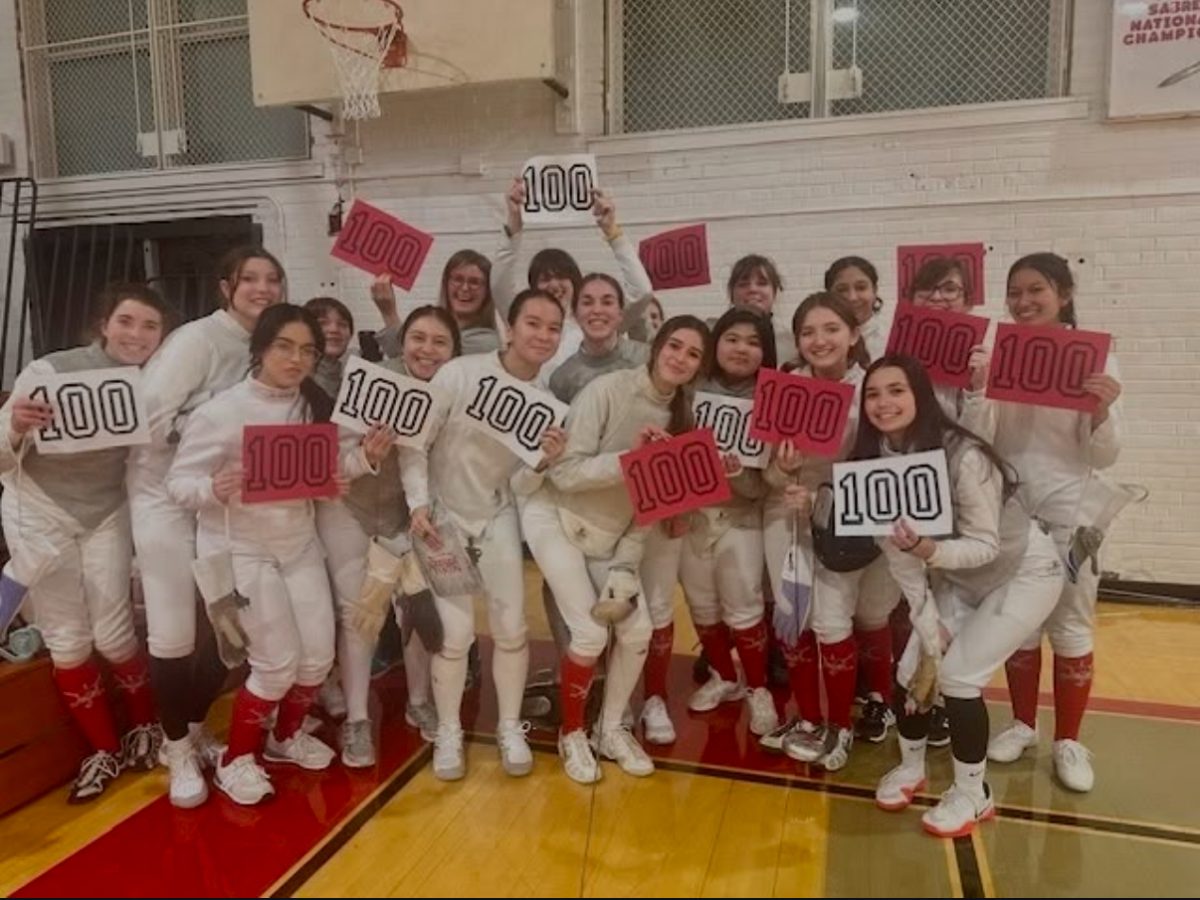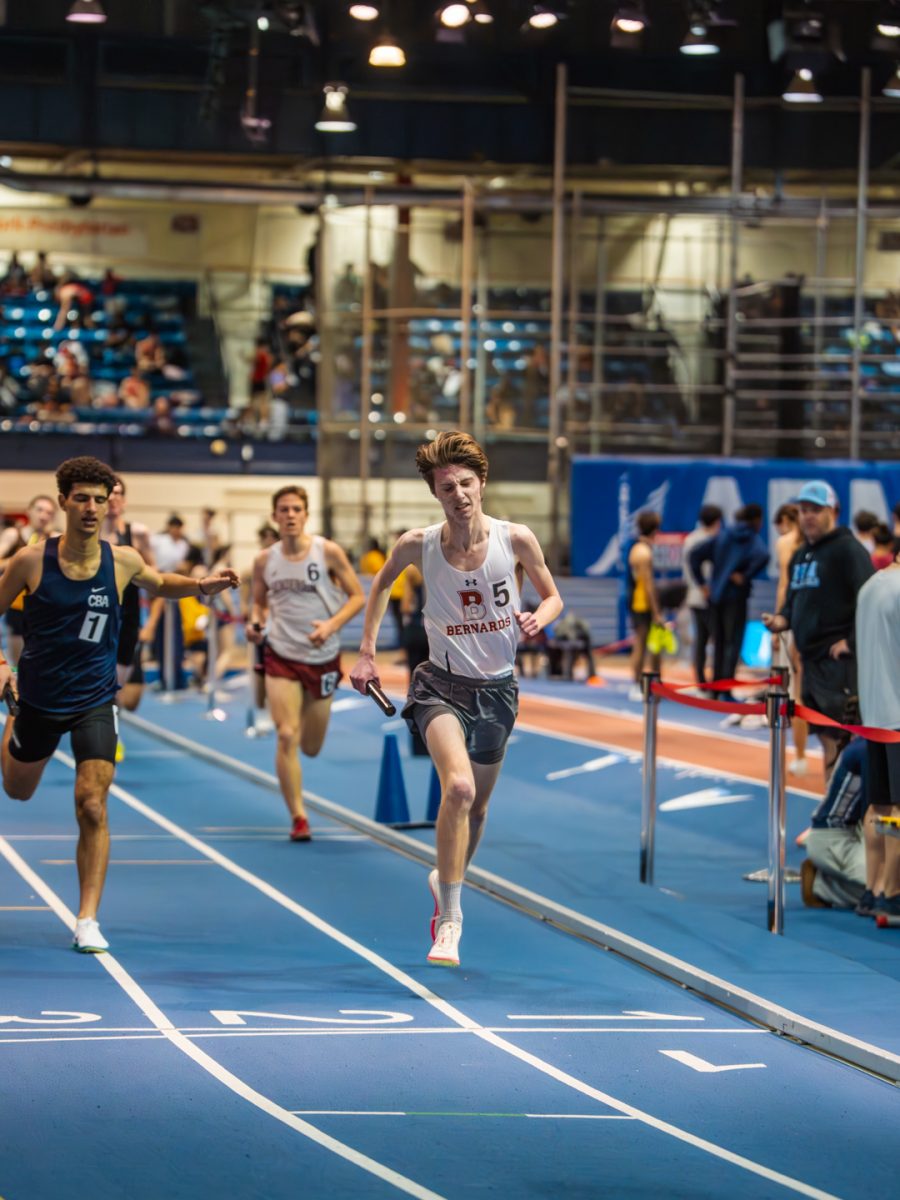As the NCAA Basketball Tournaments kicked off in mid-March, immediate attention was drawn to the disparities between the men’s and women’s program amenities. With the men’s tournament held in Indiana, and the women’s in Texas, each group was offered a plethora of space. The variety of venues that games were played in not only provided COVID safety, but allowed teams to have large spaces to train and workout in.
With Selection Sunday (for the men) and Selection Monday (for the women) on March 14th and 15th, teams were eager to get to their respective bubbles. However, upon arrival, there was a clear difference in benefits given to the men and women. While this is not the first time an inequality of services has existed, the public got insight from a female basketball player at the University of Oregon, Sedona Prince. The sophomore forward made videos that captured the disparity between the weight rooms, welcome gifts, and food. Prince posted the weight room video on both Twitter and Tik Tok, and has received over 27 million views combined.
She captioned the video “it’s 2021 and we are still fighting for bits and pieces of equality,” and then went into visuals of the different spaces. She pointed to the women’s weight room, which consisted of a stack of 5-30 pound dumbbells and yoga mats. Next, she showed a panoramic video of the men’s weight room, filled with entire power racks and heavy weight stacks. She referenced that when pictures of the different weight rooms got released, the NCAA stated that “it wasn’t money, it was space that was the problem.” Prince then showed a video of the entirety of space that could have been designated to a weight room; the area was empty, except for meeting chairs. Prince ended the video with “if you aren’t upset about this problem, then you are a part of it.”
Prince’s video opened a gateway of discussion over the inequality that the women’s programs have become accustomed to deal with. From current NBA players, like Steph Curry, to former professional tennis player, Billie Jean King, many had spoken out. Most notably to women’s college basketball, Coach Dawn Staley, of the University of South Carolina, released a letter on her Twitter account. She addressed that the issue is not just equipment deficiencies, but the overall lack of fair representation for the women’s programs. She quotes the tagline of the official verified Twitter account for @marchmadness: “The Official NCAA March Madness destination for all things Division I/NCAA Men’s Basketball.” With a tagline of this nature, Staley finds “those words to mean one thing – March Madness is ONLY about men’s basketball.” As a leader of young women, Staley asked the NCAA to “reevaluate the value they place on women,” as the teams prepared for their opening games.
After numerous callouts to the NCAA, Senior Vice President of Basketball, Dan Gavitt, released an apology statement. Gavitt stated that it’s “on him” for “dropping the ball on the weight rooms in San Antonio.”
In a year where “equality” and “togetherness” have been major messages from the NCAA, such ideas did not, and do not, hold true for the female athletic programs. Gender inequality still exists in society, one facet is in NCAA basketball, and there will be a continued push for change.



